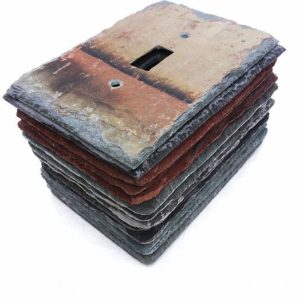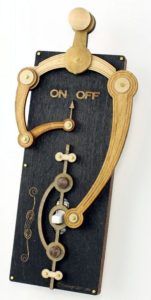Today my quest is for a natural pest control method to deter deer from devouring my gardens, preferably without sophisticated fencing or expensive pest control services. Or by enrolling in a weaponry class. I jest. Sort of.
The first time deer pranced onto the property I tripped over the dogs to grab the camera on my phone. Cute, white tails, sweet little faces leisurely nibbling on the brambles. You’d think I’d witnessed an alien landing. In short time these skinny-legged hoarders developed fancier palates. They treated my well-tended flower and vegetable beds as their personal farm stand while leaving a trail of dung my pooch found disturbingly tasty. Even eating spiny cucumber plants to the ground.
Suggestions tried:
Rotten Egg Cocktail
I cite the following from a recent magazine blurb entitled, Keep Deer Away. “Pouring or spraying a ‘rotten egg’ cocktail around your plants will keep deer from eating them. Just mix six raw eggs in two gallons of water and let it sit outside for a week. The smell will keep Bambi at bay”. And apparently people.
Soap-on-a-Rope
A neighbor suggested hanging Dial or English Spring soap on a rope. This explains the strange-looking wind chimes on my fruit trees in the spring. I think this does work for my garden, but the soap does wash away.
Dried Blood
An internet search found the scent of dried blood offends deer. Really? For the record, this offends me too. I’ll assume the dried blood is a garden variety and not the lawn carnage we find from “survival of the fitness” competitions between the coyotes and the rabbits. Yeah, we got those too. There’s a bonus. Sprinkling dried blood adds nitrogen to the soil which makes plants grow big and strong because of its nitrogen content. One article I read states the blood scent actually attracts deer. Ah, the circle of life.
Those methods along with soapy water, oils and pepper sprays only goaded the ungrateful varmints to snicker behind my back.
Electric Fence
What does work is an electric fence with two wires. One wire a foot off the ground and the other around 5′ off the ground.


